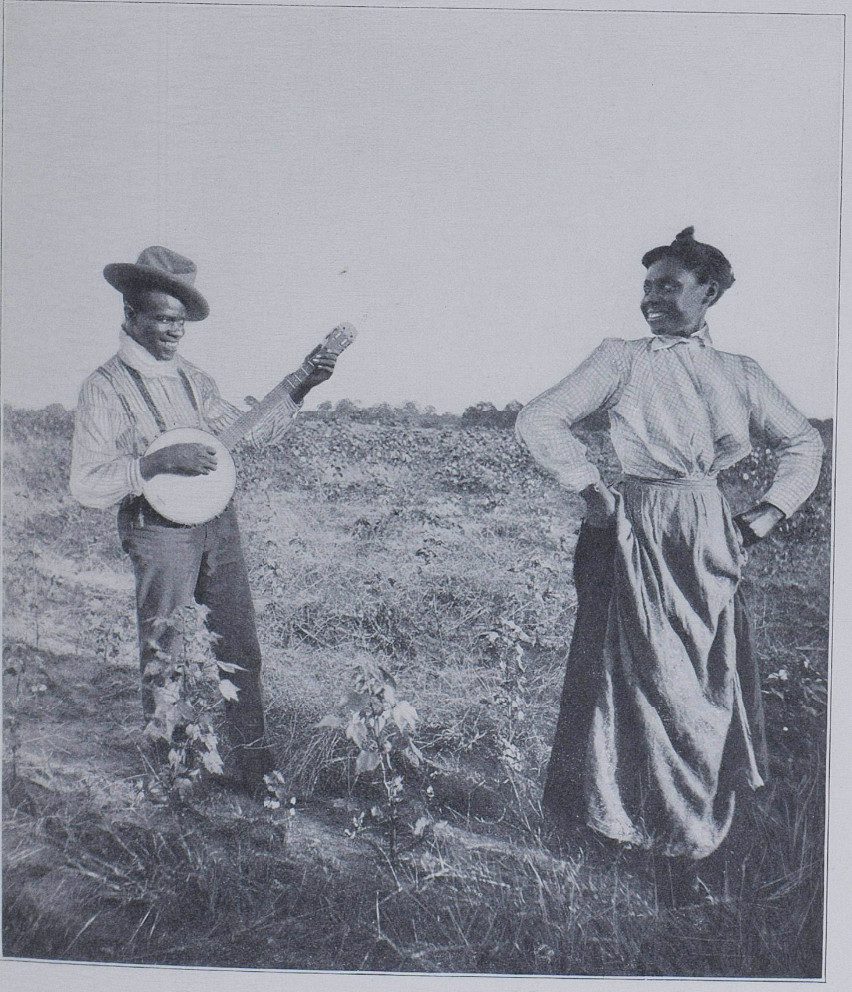AFRICAN AMERICAN FOLK MUSIC
The first type of African American music was folk, which was developed by slaves transported from West Africa to the New World. It has influenced contemporary back music with its distinctive instruments, rhythmic structure, and other features.
1.The banza is a guitar-like instrument with four to six strings, often known as the banjo. It has been used in many African dances and is one of the oldest African instruments.
2.The djembe is a type of drum that originated in West Africa. At the middle of the circle, women would take turns singing, clapping, and dancing to the music as the spirit moved them.
3. Similar to a xylophone in sound, the balafon is a sort of tuned percussion instrument. Two cushioned sticks are used to strike the tuned keys while playing the instrument. In Africa, it has been practiced since the 12th century.
4.Patting Juba: A complicated, quick rhythmic accompaniment to dance that combines simple hand clapping with slapping of the legs and torso.
5.Quills are an uncommon panpipe-family instrument from the American South. It is a group of at least two to eight cane pipes.
6.Work songs were sung by groups of laborers in the fields. When hoeing, planting, harvesting, picking cotton, etc., these tunes could be played.
6.The group would answer when the leader called or sang a line. Many slaves maintained their pace in this way.
7.A lone worker in the fields sings a little song known as a “field holler” or “field cry.” It had several uses, such as labour songs. They served as means of expressing and conveying various emotions.
8.The musical landscape of America has greatly benefited from the influence of African American folk music.
9.call and response
10.rhythm: syncopation, concrescence, tension, improvisation, percussion, and swung notes
11.Texture: antiphony, homophony, polyphony, heterophony
12. Harmony: vernacular progressions; complex multi-part harmony, as in spirituals and barbershop music
13.The phrase “folk music” and words that represent it in other languages refer to a wide variety of musical genres; the meaning of the term changes depending on the region of the world, socioeconomic class, and historical
era.
14.The core traditions of folk music are passed down orally or auraly, which means that learning them requires listening rather than reading lyrics or music.
15.The idea is applicable to societies where a smaller social, economic, and intellectual elite maintains an urban, technically more advanced musical legacy for and in cities, courts, or urbanized cultures.
16. In general, “folk music” refers to music that many people can comprehend and identify with, especially those from lower socioeconomic groups.
17.Folk groups valued specialists—instrumentalists and singers of narratives—over amateurs historically because some folk songs were literally well-known to all members of a community.
18. Folk music as it is thought to have existed in the past can be addressed independently from revivals such as those of 19th-century European nationalism and the revivals of the 20th century, just before and after World War II, that were driven by political agendas.
19.Since the origin of a folk song is rarely known outside of the community, it was formerly thought that one of the main criteria for identifying folk music was how anonymous the writing process was.
20.However, it is now obvious that folk songs and other compositions are the result of individual invention, whether by villagers or by professional or church musicians whose work is somehow incorporated into the folk culture.



Folk music has impacted many people’s lives all around the world for thousands of years. More than only its catchy melodies and well-known singers can be said about the roots and influence of black music. For the Black community, black folk music has always been a portal, a release, and a safe haven for freedom.

